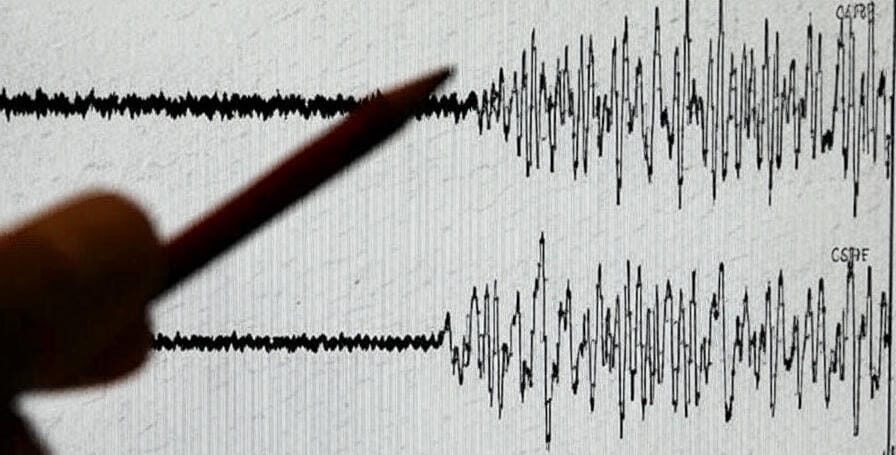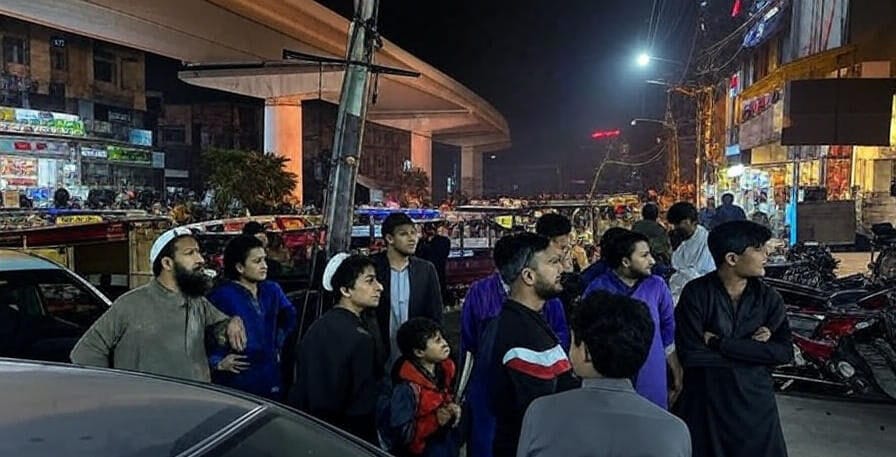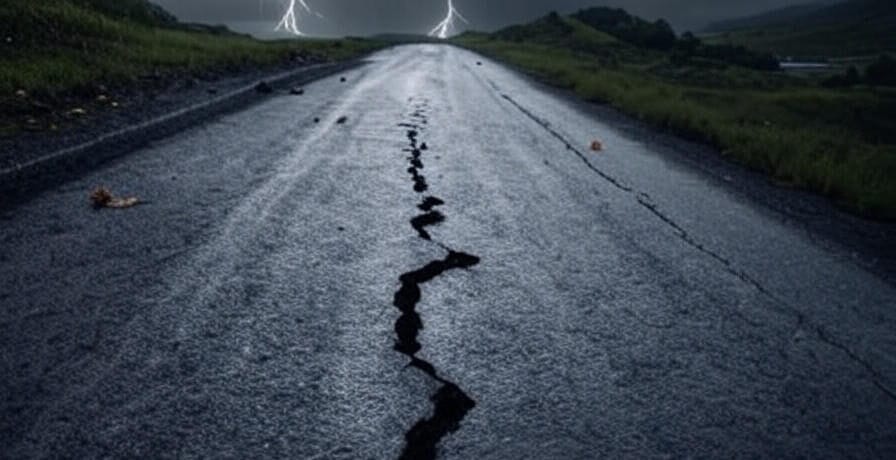
On August 2, 2025, Pakistan experienced a significant seismic event as a 5.4-magnitude earthquake struck the Hindukush Mountain region in Afghanistan, sending tremors across multiple regions of the country. Recorded at 2:04 AM PST by the National Seismic Monitoring Centre (NSMC), the earthquake originated at a depth of 102 kilometers, a factor that likely mitigated severe surface damage. This event, felt across Khyber Pakhtunkhwa (KP), Punjab, and Azad Kashmir, underscores Pakistan’s ongoing vulnerability to tectonic activity due to its location at the confluence of the Indian and Eurasian plates.
Widespread Impact and Public Response

The tremors reverberated through numerous cities, including Peshawar, Swat, Malakand, Nowshera, Charsadda, Karak, Dir, Mardan, Mohmand, Shangla, Hangu, Swabi, Haripur, Abbottabad, Islamabad, Rawalpindi, Lahore, Attock, Taxila, Murree, Sialkot, Gujranwala, Gujrat, Sheikhupura, Ferozwala, and Muridke. A second quake, measured at 5.5 magnitude with a depth of 114 kilometers, occurred at 2:03 AM PKT, further affecting northern Punjab, KP, and Azad Kashmir, including Islamabad, Peshawar, and Lahore. Despite the widespread shaking, initial reports indicate no casualties or significant property damage, a testament to the deep focal depth that dispersed seismic energy.
Public reaction was marked by immediate evacuation and recitation of religious verses, reflecting a cultural response to such natural phenomena. The lack of reported harm suggests effective structural resilience or fortunate circumstances, though the event reignited concerns about preparedness in a seismically active region.
Tectonic Context and Seismic Risk
Pakistan’s geographical positioning renders it prone to earthquakes, as it lies along the active boundary where the Indian Plate subducts beneath the Eurasian Plate. The Hindu Kush seismic zone, a frequent epicenter for deep-focus earthquakes, contributed to this event. Deep quakes, occurring over 70 kilometers below the surface, typically cause less surface disruption compared to shallow events, aligning with the observed outcomes. Historical data highlights Pakistan’s susceptibility, with significant events like the 2005 Muzaffarabad earthquake (7.6 magnitude) causing extensive loss, emphasizing the need for ongoing vigilance.
Official Response and Safety Measures

The NSMC and Pakistan Meteorological Department (PMD) are actively monitoring for aftershocks, a common occurrence following such events. Authorities have advised residents to remain vigilant, secure heavy objects, identify safe indoor locations, and maintain emergency kits with essentials. This proactive stance reflects lessons learned from past disasters, where inadequate preparation amplified devastation. The absence of immediate damage in this instance may encourage a reassessment of building codes and emergency protocols, particularly in urban centers like Lahore and Islamabad.
Broader Implications
This earthquake serves as a critical reminder of Pakistan’s seismic risk profile. The country averages over 300 earthquakes annually, with magnitudes exceeding 4, and experiences a major event (magnitude 7 or higher) approximately every 5 to 10 years. The 2025 event, while moderate, reinforces the importance of investing in resilient infrastructure and public education. The lack of casualties could be attributed to the depth and timing—early morning hours likely reduced human exposure—yet it highlights the unpredictable nature of seismic activity.
Regionally, the tremors extended into Afghanistan and Tajikistan, suggesting a broader impact zone. This cross-border effect may prompt collaborative disaster management strategies, enhancing regional resilience. The event also aligns with global patterns of increased seismic monitoring, as nations like Pakistan upgrade from analog to digital systems, improving data accuracy and response times.
Looking Forward
As of 11:33 PM PKT on August 2, 2025, the situation remains under observation, with no significant aftershocks reported thus far. The PRSC-S1 satellite, launched recently, could play a pivotal role in future monitoring by providing high-resolution imagery to assess ground changes. This technological advancement may bolster Pakistan’s capacity to predict and mitigate seismic risks, aligning with SUPARCO’s Vision 2047.
In conclusion, the 5.4-magnitude earthquake of August 2, 2025, while causing no immediate harm, underscores Pakistan’s seismic challenges. It calls for sustained investment in infrastructure, education, and international cooperation to safeguard against future events. As the nation monitors potential aftershocks, this incident reinforces the imperative of preparedness in a tectonically active landscape.






Interesting read! Secure platforms are key for enjoyable gaming, and quick verification like with arionplay app casino builds trust. Easy deposits via GCash are a huge plus for PH players! 🎮